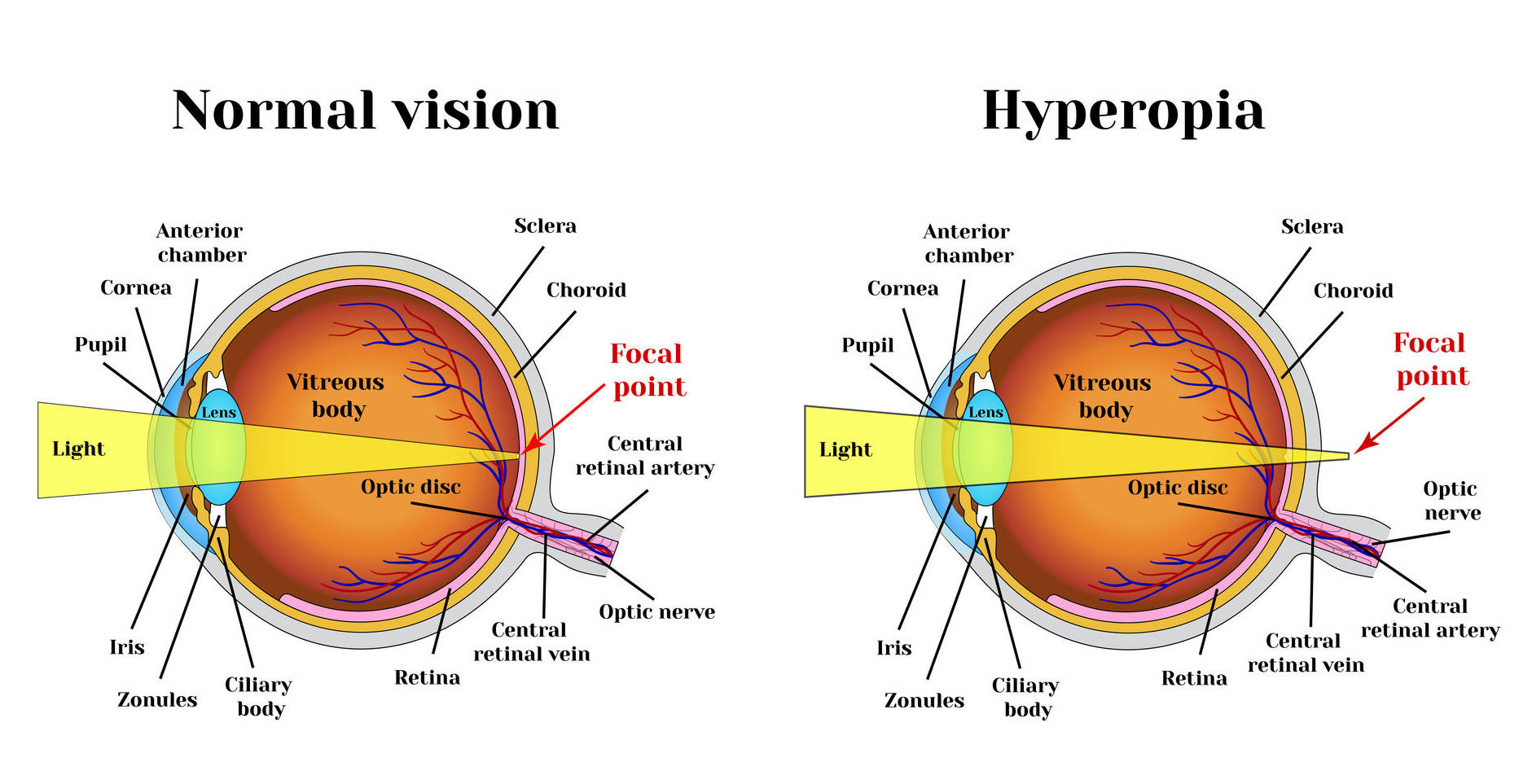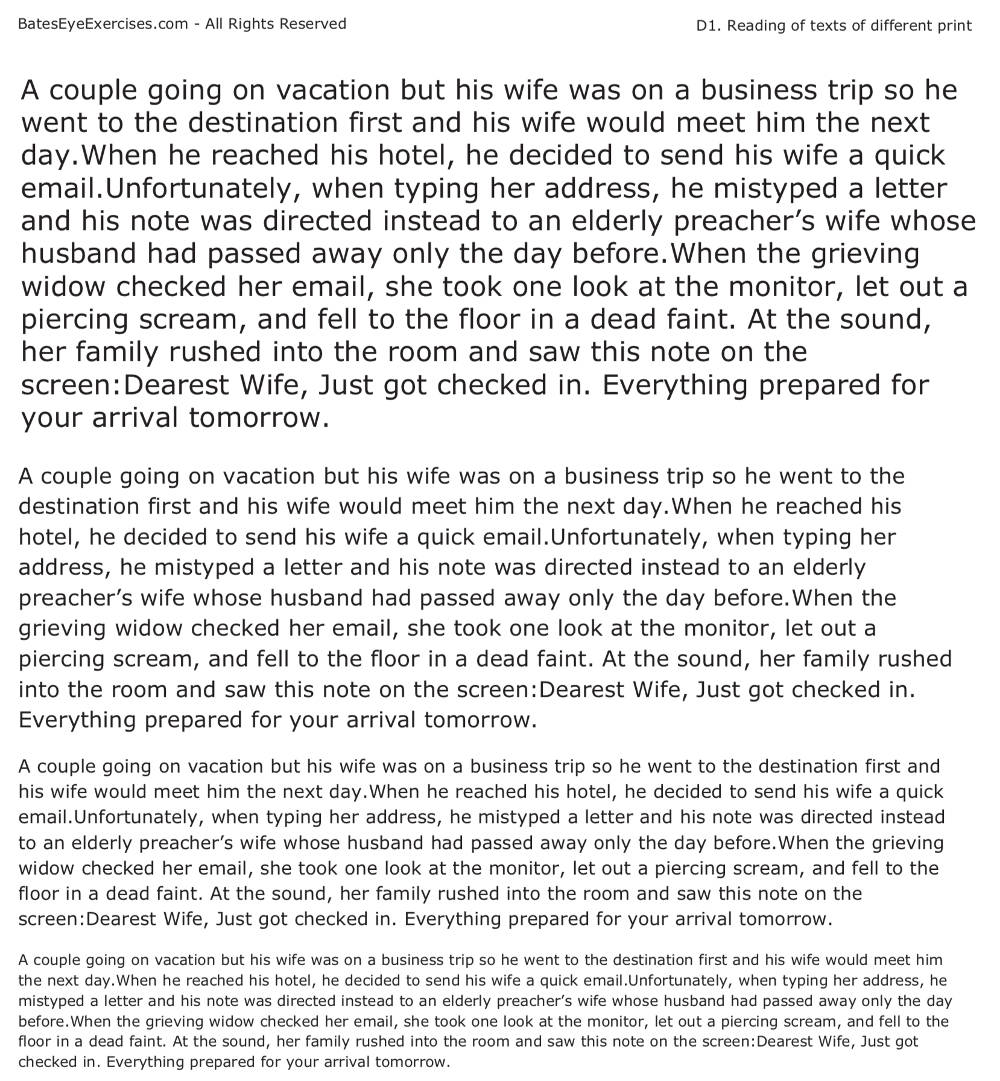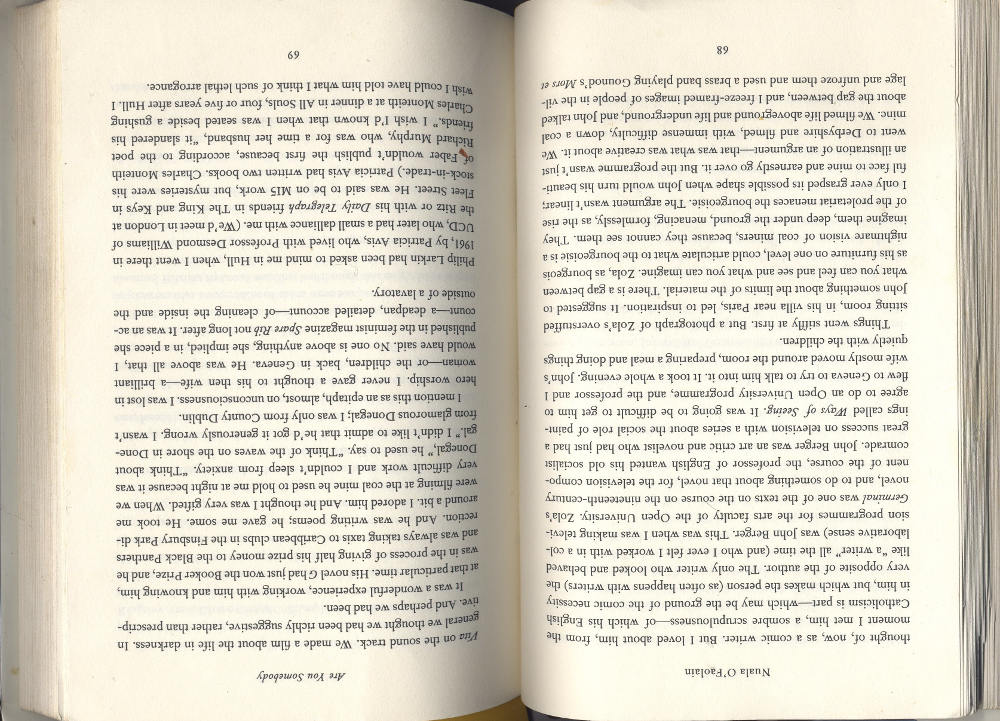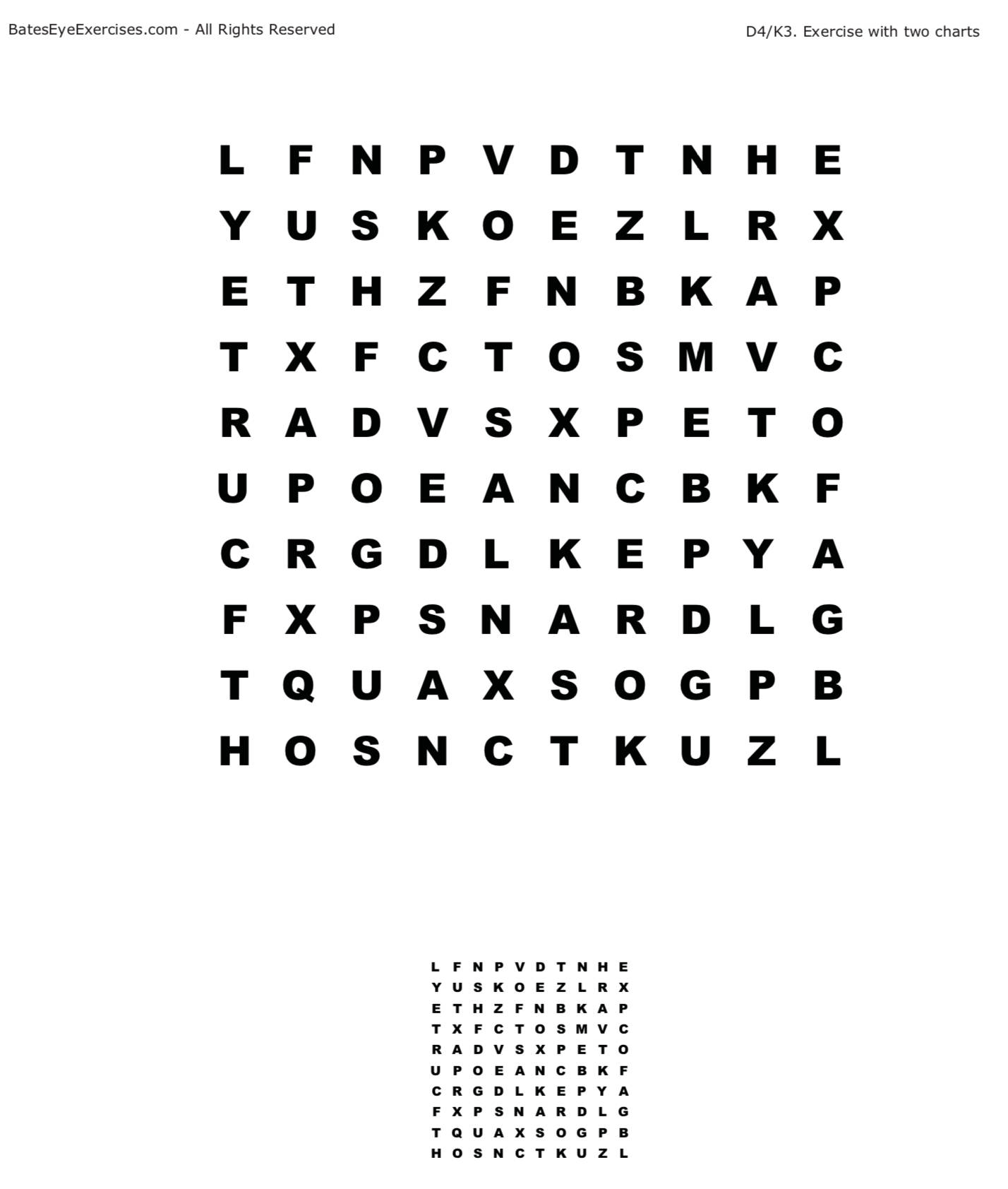Presbyopia, or age-related focus dysfunction, as the name suggests, is one of the side effects of the general aging of the body and progressing deterioration of functioning of all human organs. It occurs commonly at the persons after the 40. year of age. The defect is more advanced until the 60. – 65. year of age, when it starts to moderate. The symptoms are the same as with the far-sightedness, which means that there are problems with the acute vision of the objects located near the eyes. However, the presbyopia is founded differently than the far-sightedness discussed before.
More information on this defect can be found here
On the other hand, there are many persons in the advanced age who by not suggesting their need to wear the glasses, question the argument of inevitable deterioration of sight with age. However difficult is to deny the argument that at the advanced age, the lens becomes hardened or opaque to a some extent and the condition of the eyeball muscles is worse, it should be affirmed that the techniques of Bates method are the efficient antidote to these unwanted changes.
For presbyopia, we do the same exercises as in the hyperopia section on this page.



